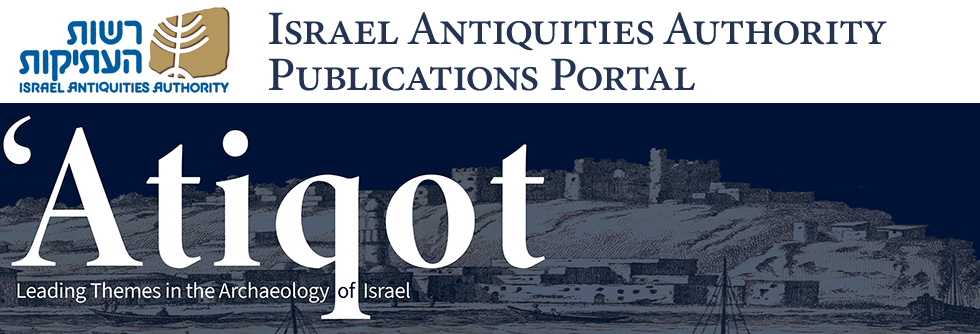Abstract
Excavations in the Musrara neighborhood of Jerusalem uncovered four Armenian inscriptions within a monastic complex founded in the fifth–sixth centuries CE. The inscriptions were found on a mosaic floor, on tombstones and on a large pottery bowl, and together with the Birds Mosaic, they probably formed part of one monastic complex, in which Armenians played a significant role. As there is no hint in the historical sources of the existence of this complex, the archaeological discovery contributes new historical information concerning the Christian, and particularly Armenian settlement in Jerusalem in the seventh century CE.
Keywords
Armenian mosaics, inscriptions, funerary inscriptions, monastic community, palaeography, graffito, abecedarium, Council of Chalcedon, Birds Mosaic
Recommended Citation
E. Stone, Michael
(2024)
"Sixth–Seventh-Century CE Armenian Inscriptions of a Monastic Community in Jerusalem,"
'Atiqot: Vol. 116, Article 9.
DOI: https://doi.org/10.70967/2948-040X.1130
Available at:
https://publications.iaa.org.il/atiqot/vol116/iss1/9
Included in
Agriculture Commons, Biblical Studies Commons, Christianity Commons, History of Art, Architecture, and Archaeology Commons, Islamic Studies Commons, Science and Technology Studies Commons, Urban Studies and Planning Commons

